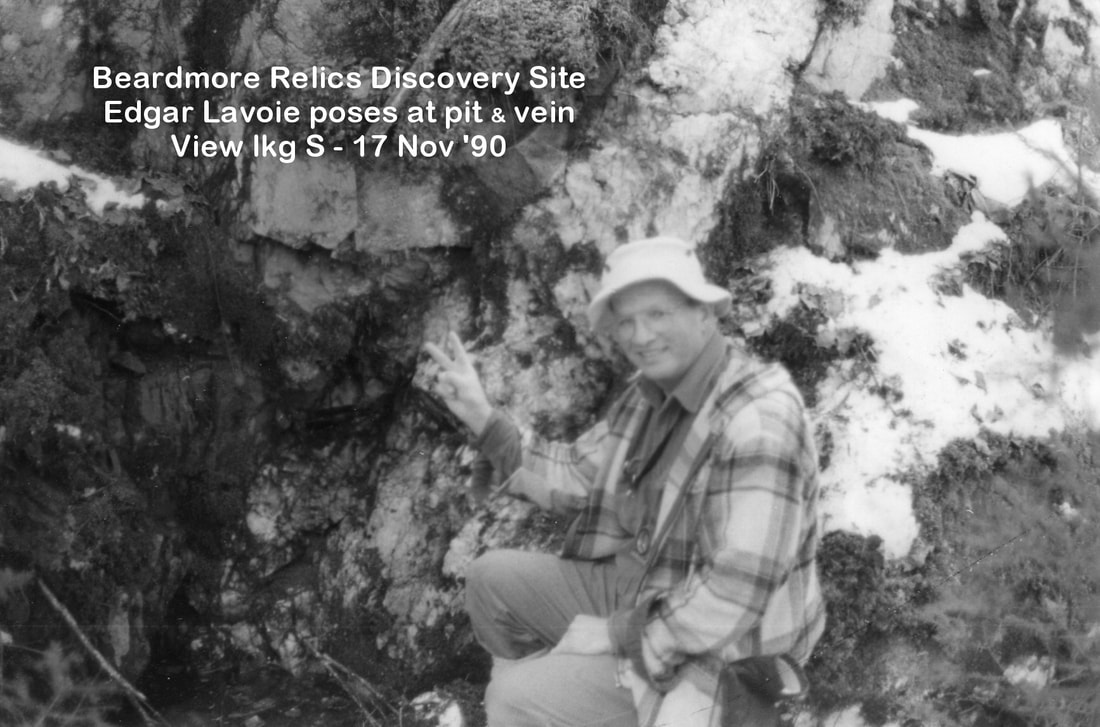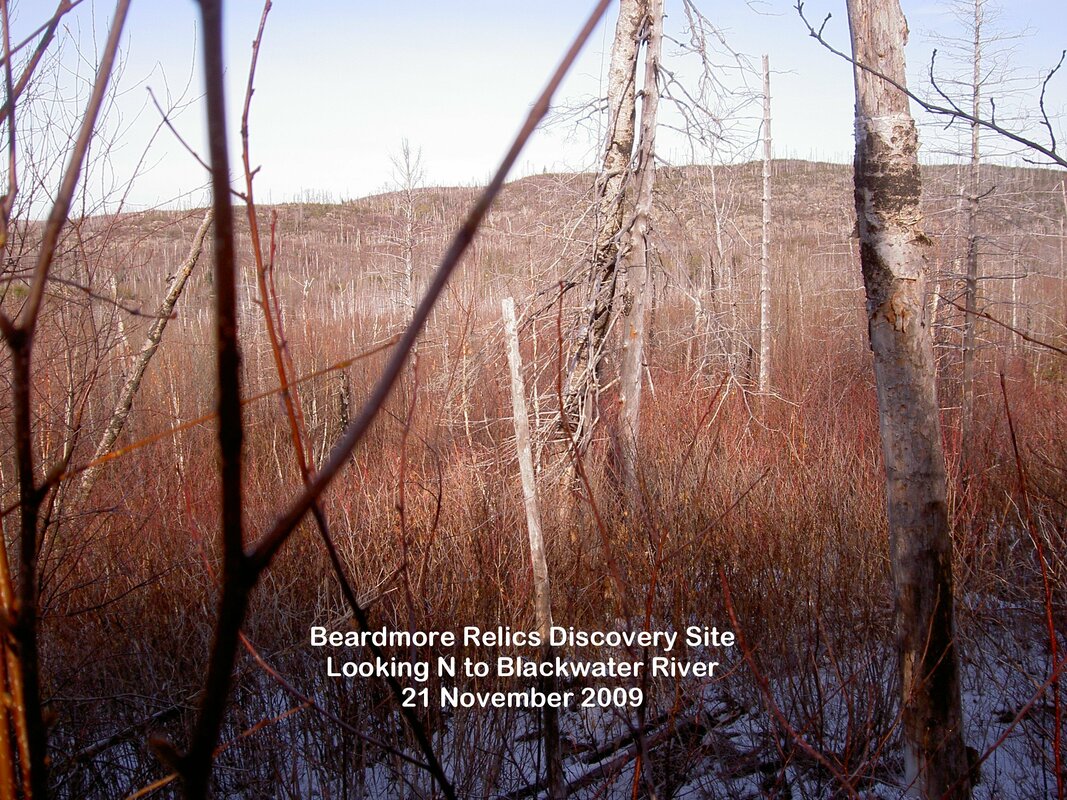Beardmore Viking Relics
OPEN LETTER
[Both Canada's History and The Chronicle-Journal declined to print this letter, although CH did publish a heavily edited version.] 26 March 2018 Attention: Mark Reid, Editor-In-Chief, etc., Canada's History magazine E-mail to [email protected] The most neglected and misrepresented archaeological find in Canada As an historian, on March 25, I made a well-received presentation to the Scandinavian Home Society in Thunder Bay, Ontario. The subject was the Beardmore Viking Relics. Members of the audience suggested I set the record straight. This is my latest effort. I have been researching and writing about the Relics since 1990, when I conducted a series of field searches to rediscover the site where James Edward Dodd claimed he had recovered the relics on May 24, 1931 (the year was subsequently amended to 1930). The February-March 2018 edition of Canada's History printed a feature titled "Finding Vinland". Two paragraphs reference the Relics; I point out the most egregious error, to wit: "Not long after, however, it was discovered that the find had not been made on the mining claim but in the basement of Dodd's landlord, J.M. Hansen." First of all, some background. After the Royal Ontario Museum [ROM] had purchased the Relics in December 1936, a furious controversy erupted about the provenance of these genuine Norse artifacts. During the War, the furor abated, only to be reactivated in 1956 after a series of articles was published by Toronto's Globe and Mail. The person responsible for reviving the controversy was Dr. A.D. Tushingham, Head of Art and Archaeology of ROM. As ROM's files reveal, Dr. Tushingham was trying to get funding for a Committee of Inquiry (subsequently elevated to the status of a Royal Commission) to do a thorough investigation of all known facts. He also urged a follow-up metallurgical analysis of the Relics. Dr. Tushingham's appeals fell on deaf ears. Shortly thereafter, he learned that the discovery site of the late Eddie Dodd had been lost, so that a proper archaeological examination was no longer possible. Dr. Tushingham did leave a valuable legacy. He pulled together all known facts about the Relics, summarized the pros and cons of the evidence, and published a little booklet in 1966 titled The Beardmore Relics: Hoax or History? His last word on the role of J.M. Hansen: ". . . After seeing the actual relics in the Royal Ontario Museum both Ragotte [who had seen Hansen's artifacts] and Hansen on separate occasions said they were not the ones that had been in the Machar Avenue cellar. Nevertheless, their earlier stories left a permanent cloud over the Beardmore relics." That cloud still hangs over the articles in your February-March edition of Canada's History. In this same magazine, a short, unattributed article, "The Norse, Decoded", publicizes a current exhibition in ROM. The article concludes, "Also on display is an authentic Norse weapon that was the centre of a twentieth-century hoax, the 'Beardmore Sword', which was planted in Northern Ontario in the 1930s in an attempt to fool archaeologists studying the Viking presence in North America." What is offensive to me, and to many other historians, is the bold employment of the term "hoax". Furthermore, the revelation of the sword's discovery was not intended to "fool" archaeologists. Eddie Dodd, until ROM convinced him he had genuine Viking articles in hand, always referred to them as his "Indian relics". The photograph accompanying this short article is even more outrageous. It depicts a sword all of one piece (JPEG enclosed). ROM's official photograph (included as a JPEG here) shows two distinct pieces, with some elements of the blade missing. A photograph in Dr. Tushingham's booklet clearly shows the notch made in the blade for purposes of a metallurgical analysis. The sword depicted in the short article has resemblances to the original, but it is not the original artifact. Let us hope that ROM has not tampered with the sword simply to make it more photogenic. Dr. Tushingham concluded the booklet with the following words: "At present the Beardmore relics lie in storage at the Royal Ontario Museum, in that particular limbo reserved for objects of uncertain history. From the evidence, circumstantial as much of it is, opinion leads towards the view that their "discovery" was a hoax. This does not deny the possibility that Norsemen did reach the central area of North America. Perhaps some day unequivocal evidence will be uncovered to support that theory. At present, there is none." As an historian, I have found more evidence, none of which is unequivocal. I believe there is more evidence out there. And I believe that a thorough excavation by a professional archaeologist may reveal some surprises. No one needs unprofessional people rooting around Dodd's discovery site. Until such a dig is commissioned, I keep the location a secret. Edgar J. Lavoie [email protected] PO Box 279, Geraldton, ON P0T 1M0 Tel: Home 1 807-854-1184 Cell 1 807 983-3867 Website: www.whiskyjackpublishing.ca Enc.: 3 JPEGS |



